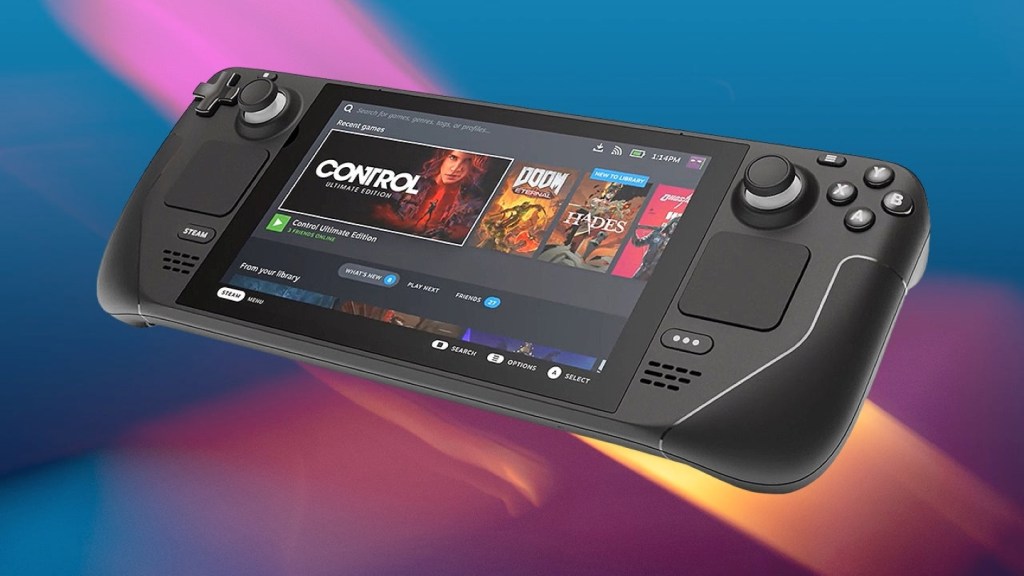Last week Evan Boehm’s experimental film The Carp and The Seagull—produced by Nexus Interactive Arts in association with The Creators Project—-premiered online. Set in a diorama contained within a web browser, the film uses WebGL technology to immerse users in an interactive environment where they can explore the space the narrative takes place in.
The piece looks at storytelling in a whole new way, examining how characters function in an interactive environment beyond the video game, and how technology is evolving this dynamic outside of traditional narratives. The story revolves around the fall of a common man, a fisherman, who comes into contact with a Japanese spirit disguised as a seagull. Within the diorama, users can click on objects and areas to interact and shift between two worlds—the spirit world and the normal world—adding a richer dimension to the experience.
Videos by VICE
The film is realized in stunning low-polygon graphics with an original score by Plaid, which transports the user into a spooky, otherworldly place. Below, Boehm answers some questions for us, telling us his inspirations for the piece, along with his reasons for using WebGL technology.
The Creators Project: What benefits can the WebGL platform bring to this story that other platforms, like a traditional film, can’t?
Evan Boehm: I guess it’s what you compare it to and what thoughts/ideas/emotions you are trying to get across. There are WebGL projects out there that might as well have been rendered as video or Flash as they would still have expressed the same meaning. The reason The Carp and The Seagull is in WebGL is that the viewer needs to be able to see the scene from multiple angles. They need to see both worlds and both sides of the main protagonist. Giving the user the chance to see (and miss) other parts of the action is an important aspect of the piece.
Can you explain what you mean by the term “authored space” and how this affects, or augments, the storytelling in The Carp and The Seagull?
I use the phrase ‘authored space’ to describe the narrative space that the story exists in that I, the author, have control over. If I were to write a novel or a film, I would have full power over what is seen and unseen. Readers would create their own meaning from the text, but it would be me that dictates the pace of information and the way it is presented. With interactive work, it is more about the space that is created for a user to move around in. I’m still in control over the colour, the light, the character’s behavior, but I’ve relinquished control of parts of the story to the user. They define what they do within that space. So for me, I view the piece as no longer an ‘authored text’ in the traditional form but an ‘authored space’.
What were some of your motivations for using aspects of Japanese mythology?
One of my all-time favorite movies is Kwaidan (1964) by Masaki Kobayashi. It’s a portmanteau film of ghost stories from Japanese folklore based on the book of the same name by Lafcadio Hearn. Reading the book and with further research I was amazed at the sheer quantity of Japanese ghost and spirits for almost every situation. Deciding to base my story in Japanese mythology came from this period of research.
Do you see this as an updating, or a kind of continuation, of traditional storytelling techniques?
The fundamentals of storytelling is never going to change. What this piece does is use various types of interaction (click, multi-click, rotation) as signifiers of meaning, pushing the story along. The act of spinning the cube to reveal different viewpoints is no different than lighting a scene to express mood. They are tools to help convey narrative. So yes, definitely a continuation.
Aesthetically, what were some of your inspirations for The Carp and The Seagull?
The wireframe aesthetic was a by-product of one of the visual symbols I wanted to explore: the character’s topology. Masato’s clean, well-organized polygonal structure morphs and distorts as he gets closer to the climax of the story. The spirit’s distorted body in the nether world represents less what Masato’s current emotional state is, and more what it will become. Using Masato’s polygon structure as part of the story forced me to explicitly show it and hence, the use of wireframe.
Francoise Gamma’s GIFs served as visual inspiration. This one is called “The Poetic Equation of the Message Has Reached The End of its Metaphor”
The film is as much about exploration as it is about narrative. Why do you feel this is important for an audience to experience a story this way?
For The Carp and The Seagull, the exploration is a tool to make the story feel larger than it is. The characters and the user are confined to this tiny diorama and looking through one side of the cube causes them to miss parts of the story in the other. It is this sense of loss that expands the narrative space forcing viewers to revisit parts of the story. When users have this freedom to roam across a text they are creating the story in their own way.
How do you see this kind of interactive browser-based storytelling evolving in the future?
Hopefully story-tellers better than I see the faults and create more involved, more emotionally charged pieces of work. Storytelling isn’t going away and neither is the endless march of technology. On the horizon, I see stories expanding across more screens and characters becoming more life-like and responsive. How so, I’m not sure.
More
From VICE
-

Screenshot: Sony Interactive Entertainment -

-

LOS ANGELES, CALIFORNIA – NOVEMBER 14: Timothée Chalamet seen at a Special Screening of A24's "Marty Supreme" at Academy Museum of Motion Pictures on November 14, 2025 in Los Angeles, California. (Photo by Eric Charbonneau/A24 via Getty Images) -

Photo: Gandee Vasan / Getty Images